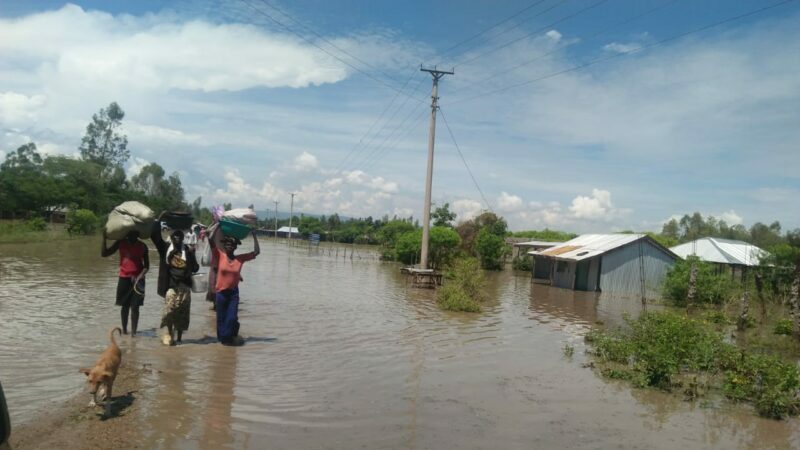Supporting COP26 priorities through research - HyCristal

HyCristal along with CHAMNHA and African SWIFT feature in a showcase of current research on international development and climate change which is supporting the COP26 priorities.
The UKCDR showcase which can be downloaded here COP26 Climate Change Research-Showcase-Booklet, shows some of the outstanding contributions this research is making to delivering impacts in the context of the COP26 priorities.
University of Leeds is the lead institution on Integrating Hydro-Climate Science into Policy Decisions for Climate-Resilient Infrastructure and Livelihoods in East Africa (HyCRISTAL). The project led by water@leeds member Dr John Marsham and supported by the water@leeds administration team, addresses two main aims, of improving climate change science for East Africa and use of that in long-term (5 to 40 year) decision making, alongside building capacity for this in East Africa. Its main decision-making pilot studies address Water Sanitation and Hygiene (WASH) in Kampala and Kisumu, and rural livelihoods in the Lake Victoria Basin, with cross-cutting work on water resource modelling. Smaller side projects address tea production (CI4Tea) and Lake Victoria transport systems (HyTpp).
HyCRISTAL is engaging wider stakeholder through introducing climate change into the Greater Horn of Africa Climate Outlook Forum (GHACOF), which in the past has only addressed seasonal prediction. HyCRISTAL has developed Climate Risk Narratives for its rural and urban pilots, underpinned by a technical appendix, which are used in its Future-Climate Current-Policy (FCCP) framework.
How the HyCristal project is supporting the COP26 priorities:
East Africa has fast growing populations and economies, both vulnerable to climate change and HyCRISTAL addresses Adaptation and Resilience. HyCRISTAL climate science addresses user-priorities. We have developed well-evidenced narratives of possible future changes, which have been used in our ‘Future Climate Current Policy” framework to engage decision makers in using uncertain information to inform decision making. HyCRISTAL has made a step-change in our scientific understanding, reducing uncertainties that make decision making challenging, in particular: (i) showing that increases in extreme rainfall are expected to be larger and more widespread than those in global models, (ii) that future projections must account for uncertain future aerosol emissions, (iii) narrowing the range of possible future rainfall, (iv) producing new process understanding, including of the “East African climate change paradox”, which has limited user-confidence in projections. The climate science has then been used to inform adaptation in HyCRISTAL pilots.
Photograph: Kenyans wade through floodwaters from Lake Victoria (Mathew Okello, Practical Action)
